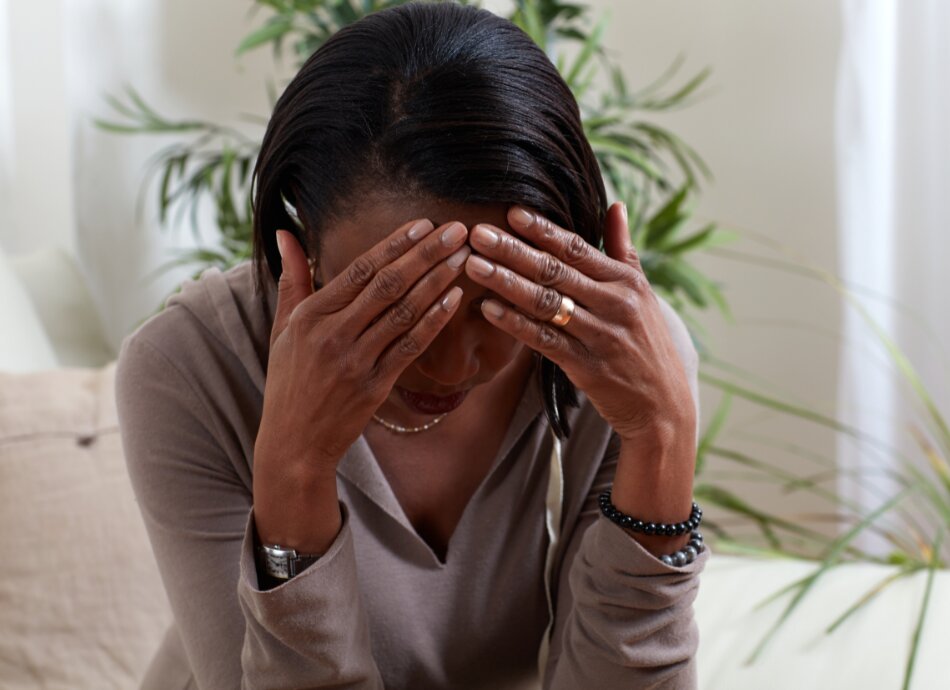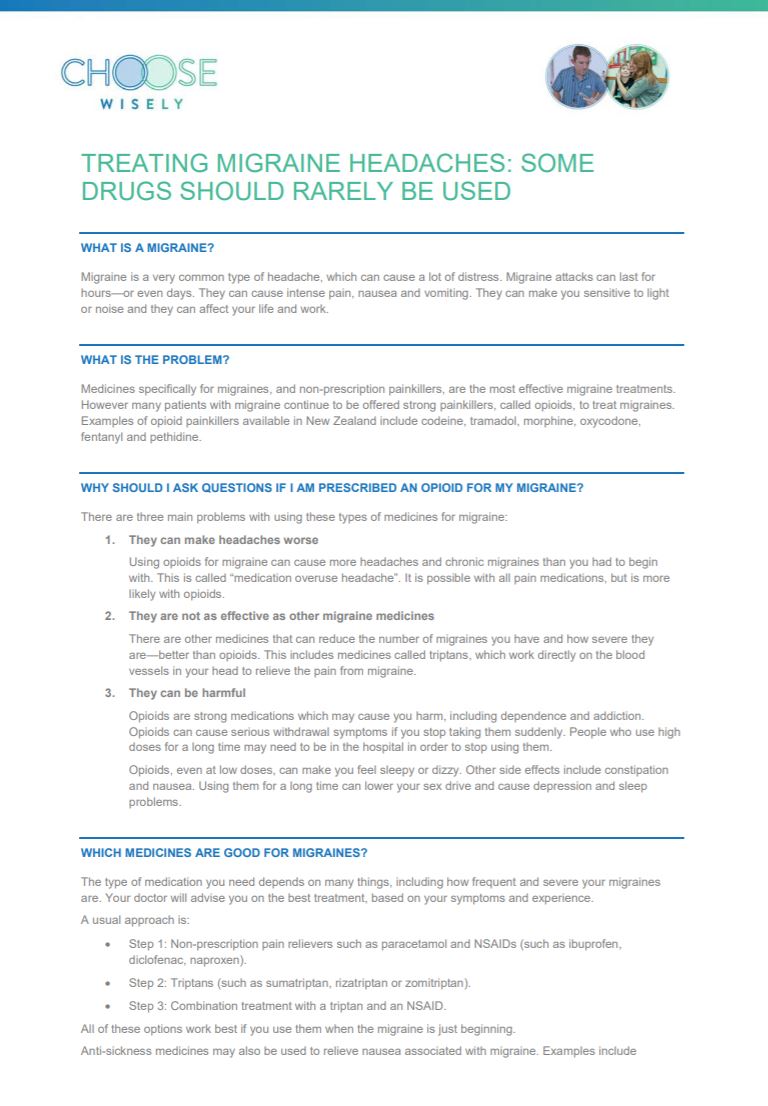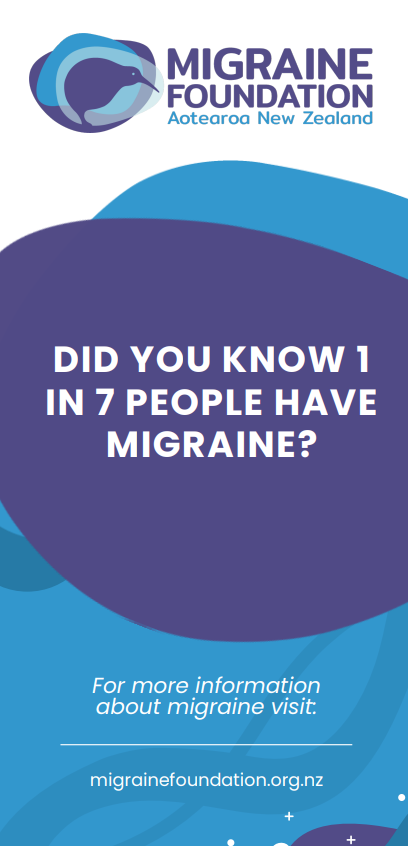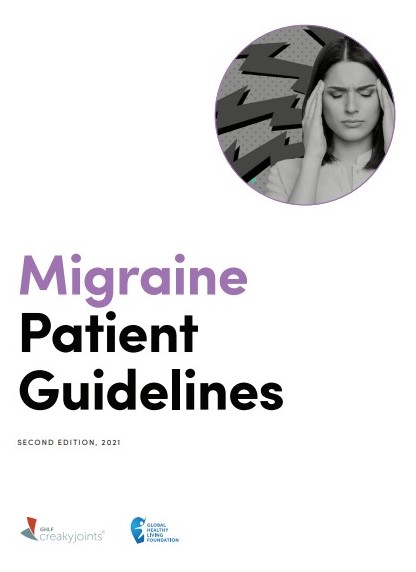Some people can feel some warning signs that tell them a migraine might be coming soon. We call these warning signs that can occur days before the headache starts "prodromal symptoms". About 8 in 10 people get prodromal symptoms. Examples of prodromal symptoms include:
- feeling tired, fatigue
- repetitive yawning
- restless or irritability
- anxiety
- food cravings, feeling hungry or thirsty
- difficulty concentrating
- dizziness
- sensitivity to light or sound
Some people have changes in their senses of sight, smell, hearing, and touch. These changes are part of the "aura phase" that people can get just before the headache starts. Only about 1 in 4 people experience an aura. If you’ve never had an aura, this doesn’t mean you don’t have a migraine.
Examples of aura symptoms include:
- problems with vision (seeing zig-zag lines, flashing lights or spots in your vision)
- hearing loss or ringing sound in your ears
- tingling or numbing feelings in your body.
When the headache starts, it is a strong pain, usually on one side of your head. You may feel sick or vomit (be sick), get tingling around your mouth, have trouble talking or feel dizzy or weak.
Learning the warning signs of a migraine can help you treat it quickly.









